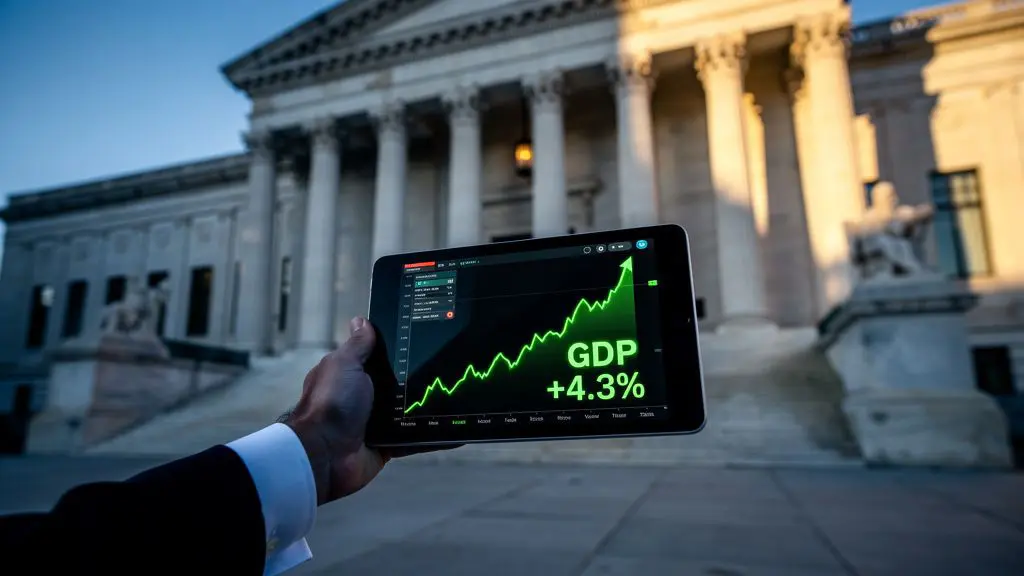Geopolitical Watch: Markets Weigh Iranian Intervention Risks
Quiet trading ahead of the holidays belies significant geopolitical tension in the Middle East that could spark sudden volatility in Crude Oil (WTI/Brent) and Safe Havens (Gold, CHF).
简体中文
繁體中文
English
Pусский
日本語
ภาษาไทย
Tiếng Việt
Bahasa Indonesia
Español
हिन्दी
Filippiiniläinen
Français
Deutsch
Português
Türkçe
한국어
العربية
Abstract:The U.S. stock market suffered another major blow, with all three major indices tumbling and tech giants losing over $830 billion in market value. Market panic intensified, recession concerns escalated, and the Federal Reserve’s policy direction became a key focus.

Following last weeks sharp sell-off, U.S. stocks faced another “Black Monday.” All three major indices opened lower and continued to decline throughout the day. The S&P 500 dropped more than 3% intraday, the Nasdaq plunged over 4%, and the Dow Jones Industrial Average fell nearly 1,190 points at its lowest, closing down 2.1%.
By the end of the session, the Nasdaq had posted a 4% loss, marking its worst single-day decline since September 2022, while the S&P 500 fell 2.7%.
Tech stocks were hit particularly hard. The “Magnificent Seven,” including Nvidia, Microsoft, and Apple, all fell more than 2%. Tesla suffered an even steeper drop of over 15%, marking its biggest single-day decline since 2020. In total, the seven tech giants lost over $830 billion in market value, setting a record for the largest single-day loss.
Analysts widely attribute the sell-off to comments made by former President Donald Trump, which heightened investors' concerns about a potential recession.
In a recent interview, Trump acknowledged that the U.S. economy was in a “transition period” and did not rule out the possibility of a recession. He also suggested that tariffs could continue to rise, further fueling market uncertainty. Investors worry that the government may be willing to sacrifice short-term economic growth in pursuit of its long-term policy objectives.
Additionally, a wave of sell-offs exacerbated market losses. Hedge funds accelerated short positions, and investors rapidly pulled out of tech, financial, and consumer discretionary sectors. The S&P 500 is now approaching its critical 200-day moving average, and a break below this key support level could signal further downside.
Meanwhile, in the bond market, short-term U.S. Treasury yields have plunged, indicating that traders expect the Federal Reserve to start cutting interest rates as early as June to prevent further economic deterioration.
Market uncertainty continues to grow. The Trump administration‘s trade and fiscal policies remain unclear, and investors lack consensus on the Fed’s rate-cut trajectory. If interest rate cuts fail to provide enough relief, market volatility could persist. Furthermore, uncertainty surrounding tariff policies, inflationary pressures, and a potential tech stock correction will all play a crucial role in shaping the future direction of the U.S. stock market.
Disclaimer:
The views in this article only represent the author's personal views, and do not constitute investment advice on this platform. This platform does not guarantee the accuracy, completeness and timeliness of the information in the article, and will not be liable for any loss caused by the use of or reliance on the information in the article.

Quiet trading ahead of the holidays belies significant geopolitical tension in the Middle East that could spark sudden volatility in Crude Oil (WTI/Brent) and Safe Havens (Gold, CHF).
Dear Members, WikiFX offers its warmest holiday wishes to you. May each day be filled with peace and joy, and may you share meaningful moments with your family and friends during this festive season. As a global leading forex investment ecosystem service platform, WikiFX has, for over a decade, remained committed to improving trading security, enhancing industry transparency, and protecting investor rights.
Dear Members, As year-end decorations come into view, the festive holiday season draws closer. This year, we’ve prepared exclusive points redemption rewards as our year-end thank-you to you.

The US economy expanded at a blistering 4.3% annualized rate in the third quarter, shattering forecasts and handing the Trump administration a rhetorical victory. However, beneath the headline number lies a complex economic and political battlefield that is complicating the Federal Reserve's policy path.
